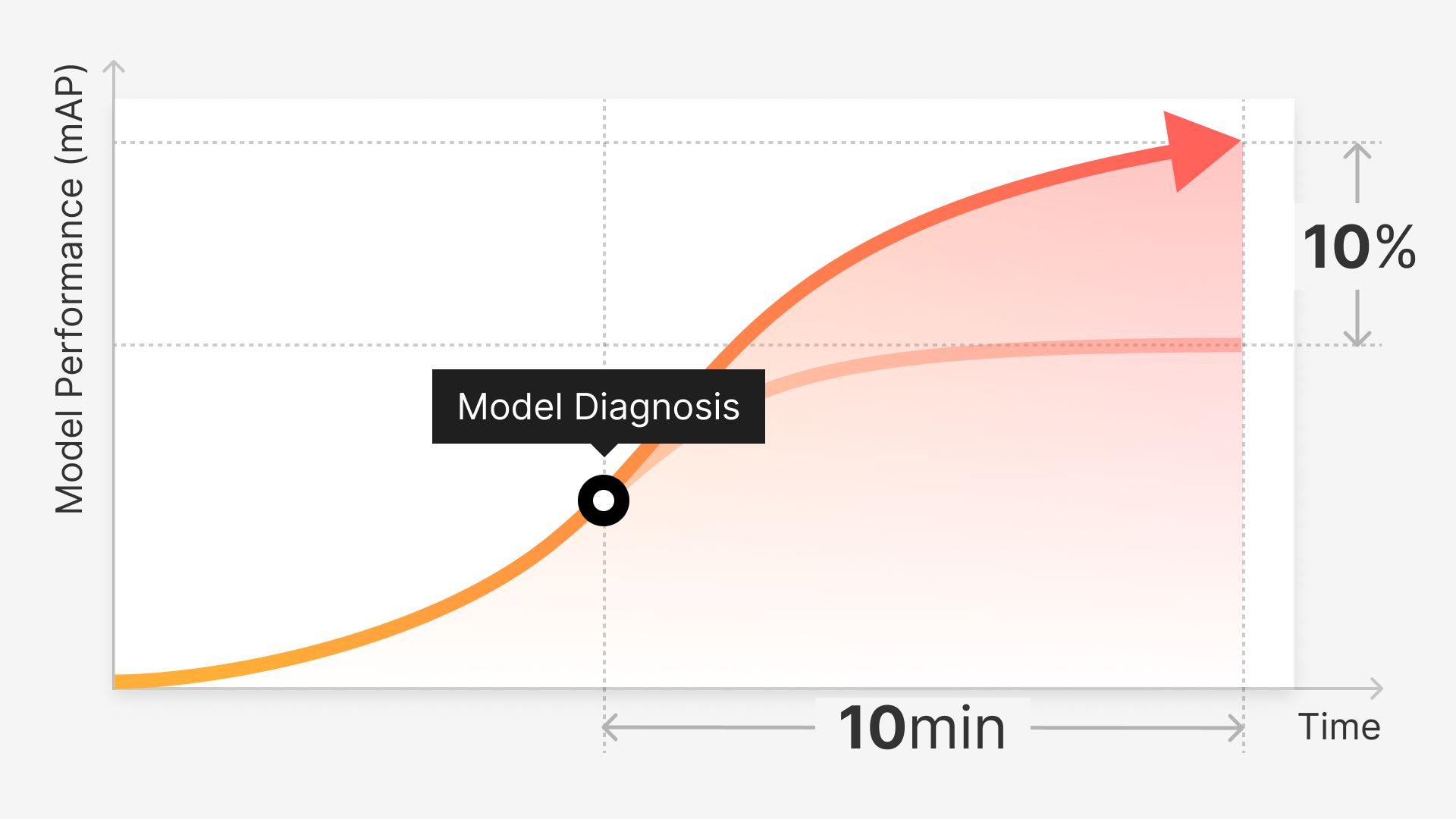The concept of autonomous driving has been a hot topic in recent years as Tesla, Ford, Apple, and Kia-Hyundai have been working on solutions that depict driverless vehicles on streets and highways. Freight vehicles can now be seen without a driver, resulting in both praise and criticism in response to this innovation. Rideshare companies such as Uber and Lyft are seeking to build autonomous taxi services while already making headlines for their efforts in mobilizing driverless vehicles.
AI has found its way into everyday vehicle features such as motion detectors and emergency braking, resulting in fewer accidents and easier navigation. Let's look at how AI connects with driving in our everyday lives.
Reducing Congestion and Environmental Impact
Congested areas, particularly those where public transportation is a secondary mode of transit, frequently experience traffic jams. Traffic congestion significantly impacts overall travel time, contributes to environmental waste and adds to the frustration of drivers. To alleviate the hassle of traffic jams, traffic lights are being fitted with sensors and GPS systems used to reroute drivers to alleviate the bottleneck.
The Upsides
The advantages of AI in traffic monitoring and management are obvious. For example, software like Waze reroutes drivers; saving them time by automatically directing them to the fastest routes. In Pittsburgh, as a case study environment and example, AI/robotics startup Surtrac installed smart traffic lights at 50 intersections to assist with traffic flow in 2016, and the results were impressive.
Travel times were 26 percent lower and wait times decreased by 41 percent. People spent less time in their cars, resulting in a 21 percent emission reduction. In this way, smart technologies can monitor arrival times and assist riders in planning the best efficient route.
The Downsides
Intelligent traffic monitoring is a boon for most drivers, but it still comes with a host of hurdles. Smart city initiatives, such as smart traffic solutions, must replace old infrastructure to accommodate new technologies. For instance, traffic signals should be powered and monitored using sensors, which makes them more difficult to implement. Because cities must invest resources to maintain and update smart technologies, they often find it difficult to spend money to increase mass transit usage.
New technologies that are implemented in cities must continue to function properly, so they invest in resources to maintain and repair them as needed. Cities and towns must also consider data security as part of their planning. There are always risks for hacking and security breaches when using smart technologies that require a lot of data.
Creating a Safer and More Enjoyable Driving Experience
Many car manufacturers have recently introduced new developments in their vehicles; lane assist, for example, prevents drivers from drifting into adjacent lanes by keeping them on the right path. Those seeking to drive more safely and efficiently are currently benefiting from AI. Automatic braking and lights that beep when a person enters a vehicle's blind spot are just two examples of how AI is helping drivers. These safety devices are intended to improve driving performance and reduce the number of accidents.
The Upsides
Safety solutions through AI decrease the likelihood of at-fault vehicle accidents with some of the features mentioned above. For drivers, the implementation of some of these safety features are a welcomed relief, especially during close calls. Having that extra crutch while sitting behind the wheel can save lives and make it easier to switch lanes or pass another car safely.
The residual effects are improved traffic flow, fewer slowdowns, and an easier experience for the driver. AI features in vehicles act as a communication tool between drivers and their surroundings, making it an easier experience overall.
The Downsides
For all of the advantages of AI in driving use cases, there are hindrances in implementation. In order for these features to be built well and to work as they're intended, ML professionals must ensure that their models can accurately recognize driver patterns and surroundings. Road conditions and changes in weather are also something to be considered.
For example, lane assist might not work as well on salted roads in the winter; an ML engineer may need to consider these outlier cases and adapt their model accordingly. While better safety features are undoubtedly a win for car companies and drivers alike, there’s also an assumption that the car can do most of the driving itself. This is not the case, and drivers need to be cautious and not rely too heavily on AI safety features.
The Surge of Autonomous Vehicle Adoption
Self-driving cars, frequently referred to as autonomous vehicles, are becoming more common. Tesla, for example, is producing autonomous freight vehicles for delivery and transportation. Crewless cargo ships are also becoming more popular, eliminating the need for human handlers to be placed in dangerous situations. As computer vision becomes a more familiar and prevalently used technology, in society models have the potential to become smarter, more accurate, and more similar to their human counterparts.
The Upsides
While autonomous vehicles are still in the early phases of manufacturing and aren't readily available to the general public, we're heading in the right direction. As companies rush to produce effective self-driving automobiles, we get closer to enabling those with disabilities and the elderly to utilize public transport, rideshare, and taxi services. In addition, self-driving automobiles have the potential to decrease reckless driving and lessen the risk posed by those operating under the influence.
In addition, self-driving vehicles have proven to reduce traffic congestion. For the everyday commuter, most traffic jams are the direct result of human action and behavior. AI-driven vehicles are less likely to make the same actions as people, leading to less traffic jams and a smoother ride. The decrease in traffic also gives way to a reduction in CO₂ emissions overall and has the effect of improving the overall environment. Cities with a lot of traffic and poor air quality reap the benefits the most.
The Downsides
As of right now, autonomous vehicles aren’t truly autonomous; there always needs to be someone behind the wheel to guide the car. In recent years, there have been fatalities from leading companies like Tesla that are still massaging out the kinks of their autonomous vehicle models. Though self-driving cars are in the near future, we still have a long way to go until they can be fully implemented.
Massive amounts of data are required to build AI-based features in autonomous vehicles, and therefore, a high level of security is required. Any breach, whether accidental or malicious, may present a significant threat to human safety. This risk may result in violent acts that are more difficult to identify. For example, there have been instances when autonomous vehicles have been hacked and controlled by outside parties with malicious intent.
What’s Next in Transportation AI
Smart cities, lane-assist , and driverless automobiles are all technologies that we must prepare for. In order to achieve this, everyday consumers and engineers alike must know how the technology works, and how we receive information and feedback from our models. If we are able to evaluate our models' decisions more accurately based on a humanized view, we are able to better comprehend how they navigate everyday streets. There is a greater chance that future developers will be able to produce the right technology if they have a roadmap and a standard approach to achieving the next stage of transportation AI.



